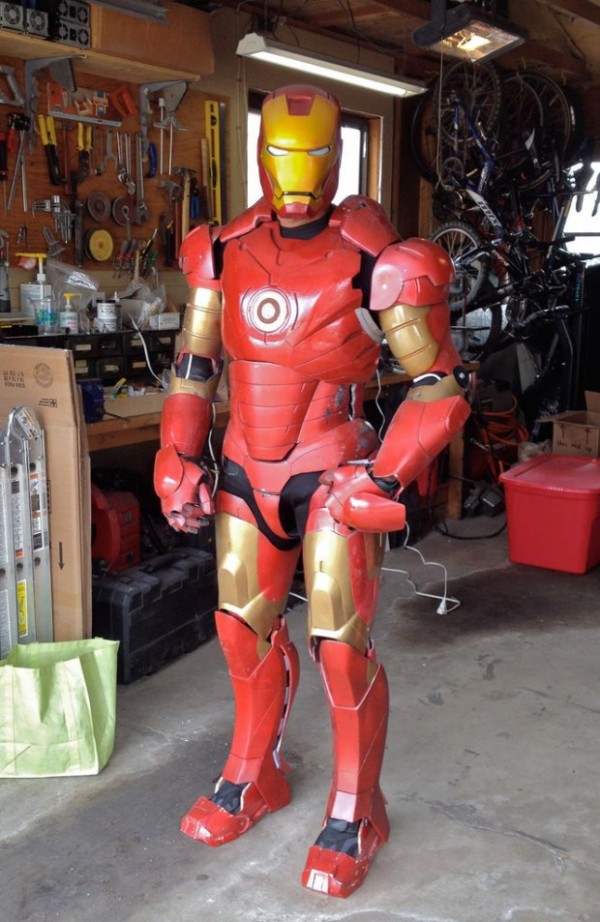
We’ve seen Tony do everything in the Iron Man movies, from changing suits mid fight, to having the suits battle on their own! And turns out, the second part is not that far-fetched.
Attention, crafty geeks! If you know what you’re doing, you can get your own moving Iron Man suit, as designed by Greg Hatter and Jerome Kelty on Instructables and Hack A Day, without having to be Tony Stark yourselves.
While the suit is not likely to go off running on its own, the helmet, forearm missile, hip pods and back flaps all move without any issue. Furthermore, the suit still can be worn, and plays sound effects and displays lights as the user performs actions such as walking. See it working in the video below these lines!
Source: Technabob
Be social! Follow Walyou on Facebook and Twitter, and read more related stories at Guy Replicates Iron Man’s Armor In Cardboard Because Why Not and An Iron Man Cosplay Done Right: Ultimate Iron Man Represent.
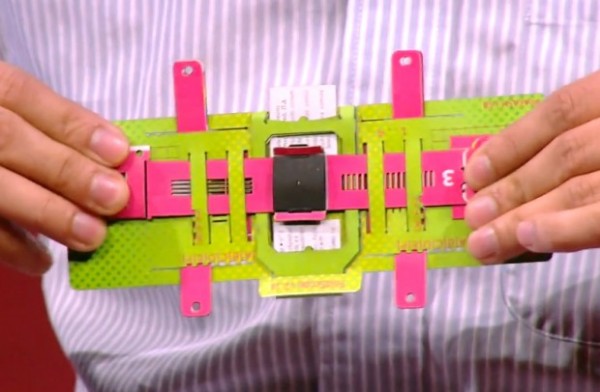
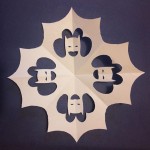 The holiday season per se might be over, but if you’re still in the mood for some seasonal decoration, it’s …
The holiday season per se might be over, but if you’re still in the mood for some seasonal decoration, it’s …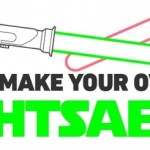 A DIY guide for building your own lightsaber is probably among the most sought after things, if you’re a geek. …
A DIY guide for building your own lightsaber is probably among the most sought after things, if you’re a geek. … Nothing says winter as… well, winter itself. In preparation for the holiday season, here’s some Game of Thrones inspired snowflakes …
Nothing says winter as… well, winter itself. In preparation for the holiday season, here’s some Game of Thrones inspired snowflakes …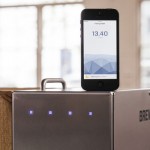 An Irish company is currently raising funds to bring Apple-infused craft beer into our lives. Is this mix of smart …
An Irish company is currently raising funds to bring Apple-infused craft beer into our lives. Is this mix of smart … What first started as a Nixie tube clock that Bradley W. Lewis was commissioned to build as a wedding gift …
What first started as a Nixie tube clock that Bradley W. Lewis was commissioned to build as a wedding gift …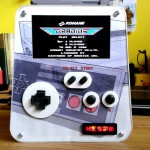 Out of a 3D printer and into your hands, check out how a talented modder created his own mobile NES. …
Out of a 3D printer and into your hands, check out how a talented modder created his own mobile NES. … What happens when a wealthy man loves geeky movies and cars in equal measures? Obviously, he starts building the cars …
What happens when a wealthy man loves geeky movies and cars in equal measures? Obviously, he starts building the cars … Open the portal to your cat’s love by building this cozy feline residence. Cats don’t seem to have much appreciation …
Open the portal to your cat’s love by building this cozy feline residence. Cats don’t seem to have much appreciation …